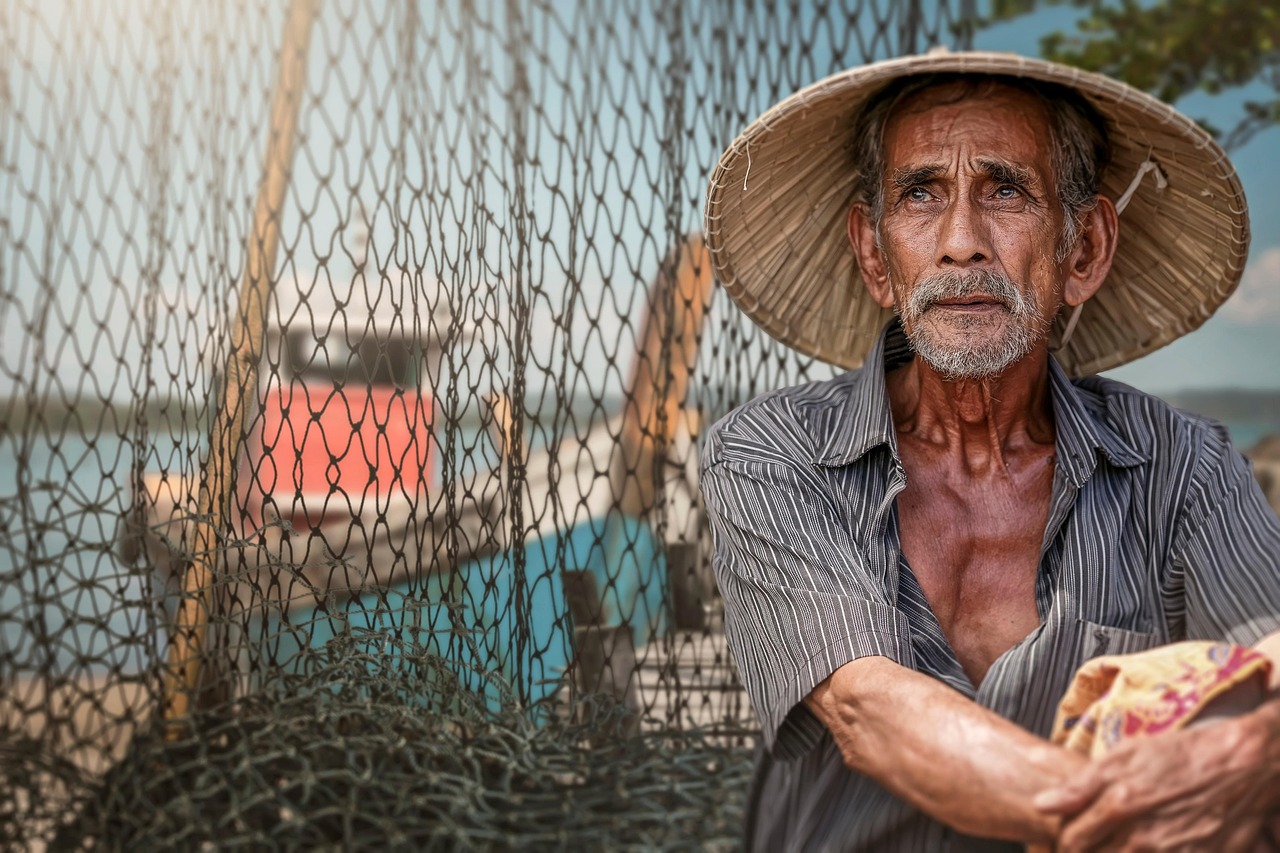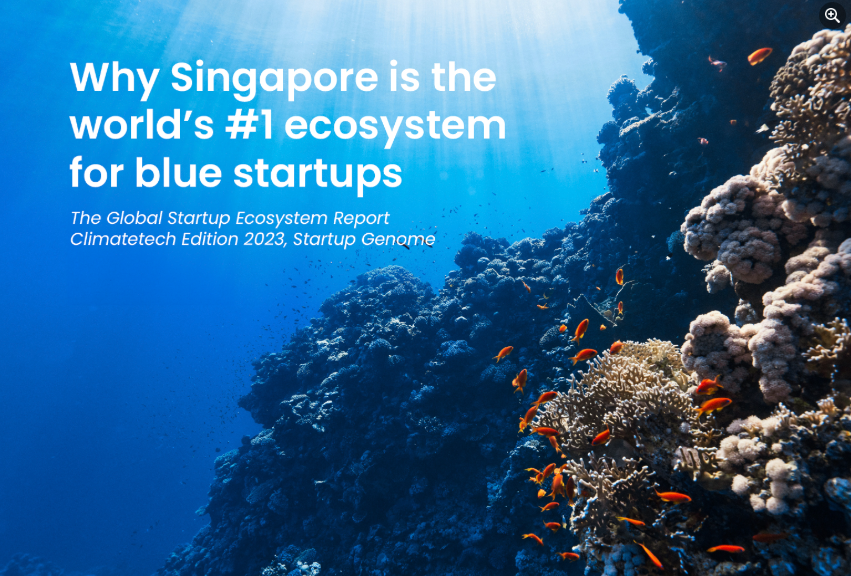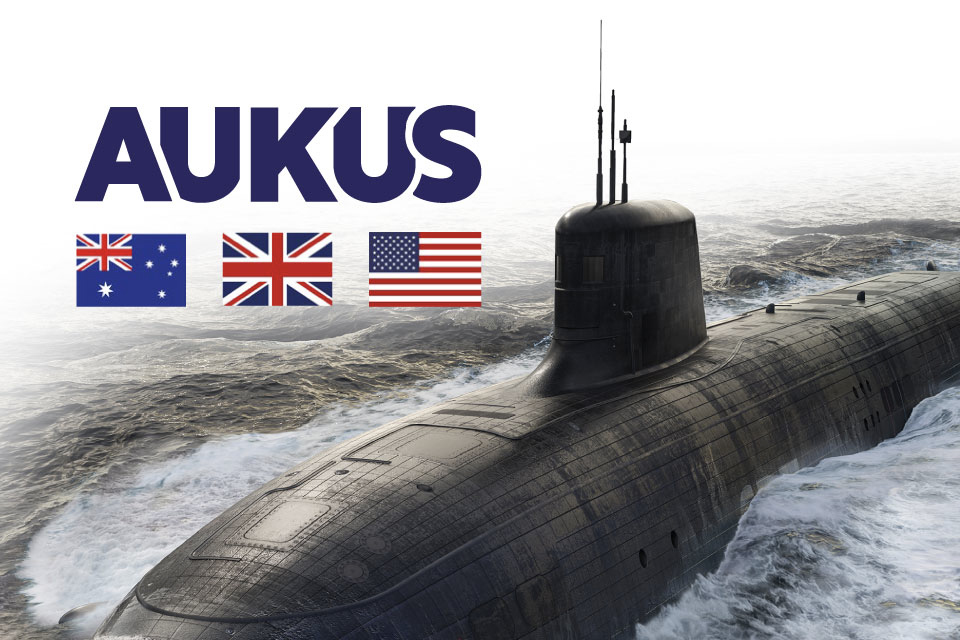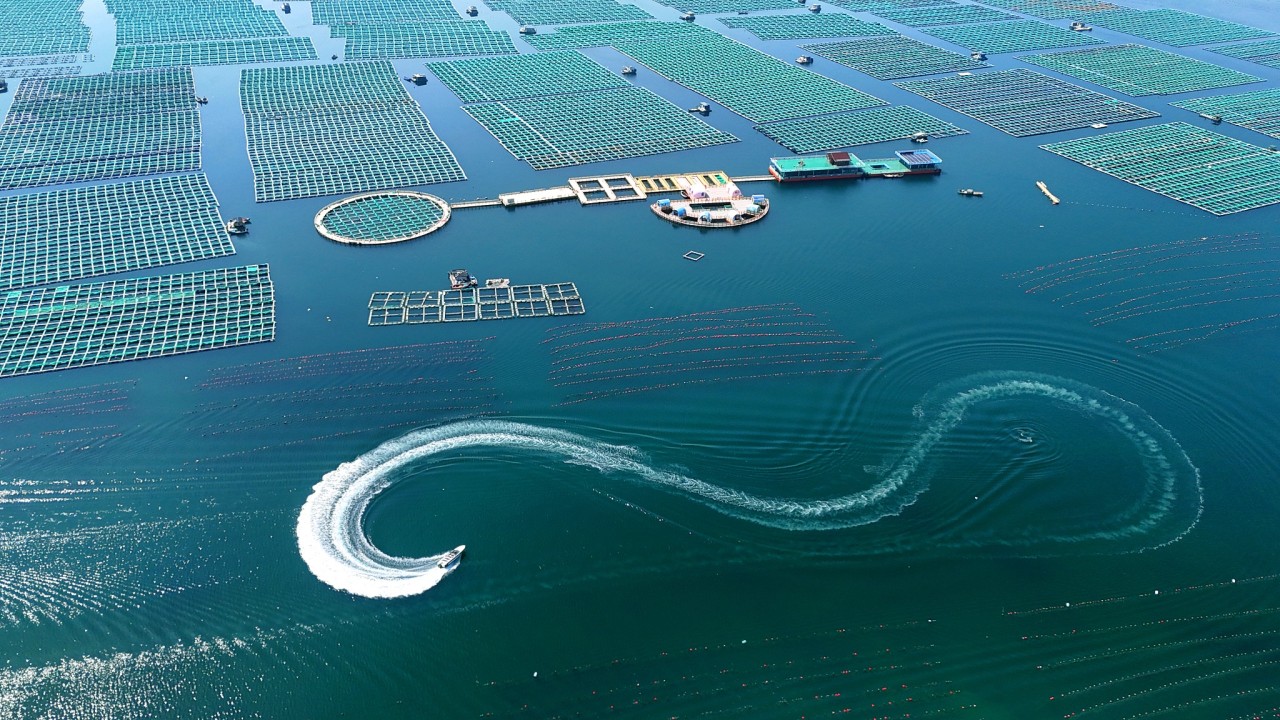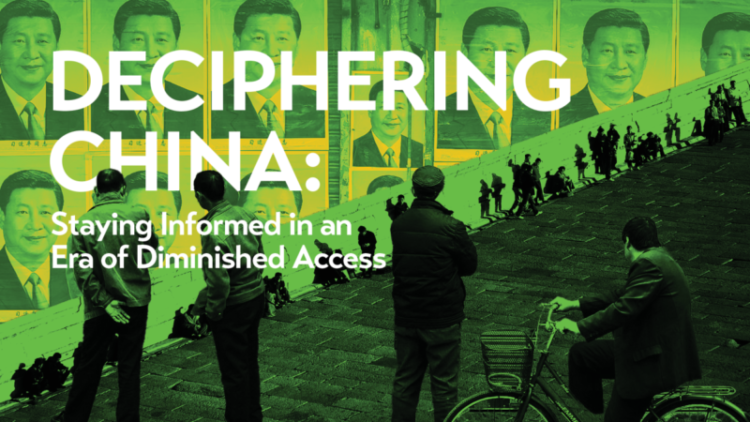Image: Changi Airport Singapore
Temperatures are high on Water scarcity, rising populations, costs, and sustainability.
Singapore and Malaysia signed a Water Supply Agreement in 1927, active till 2061 – but growing water scarcity, rising populations and costs is testing the relationship.
Escalating disagreements between Singapore and Malaysia regarding their water treaty are leading to potential conflicts over resource scarcity and sustainability. Singapore’s lack of water resources necessitates a heavy reliance on imported water for its daily needs.
The water contracts between Singapore and Malaysia, which originated in 1927, have been both essential and disputed. According to the agreement, which is valid until 2061, Singapore compensates Malaysia for the privilege of drawing over 960 million litres of water daily from the Johor River.
Singapore’s water consumption reaches a demand of roughly 430 million gallons per day, or about 1.63 million litres per day. Imported water from Johor, Malaysia, meets about 50 per cent of the demand, while NEWater can supply up to 40 per cent, desalination up to 25 per cent, and local catchments contribute the remainder.
However, since the early 2000s, Malaysia and Singapore have disagreed over the equity of the contract.
Malaysia is advocating for a renegotiation to achieve what it perceives as a more equitable price for the water it sells, while Singapore has adhered to the terms of the existing contract. Malaysia contends that the contract unduly prioritises Singapore’s water security over its own.
The most recent escalation occurred in November 2023 when Malaysia called for a review of the contract due to “certain issues”. As the impasse persists, both countries are investigating alternatives to lessen their dependence on imported water.
Singapore’s water strategy encompasses a water recycling initiative known as NEWater and desalination. Both initiatives support the government’s aspiration for water self-sufficiency. It is projected that NEWater can currently meet around 30% of Singapore’s water requirements and could provide up to 55% by 2050, while desalination could meet 85% of its future needs.
Some scholars propose that Singapore has a “good chance” of achieving water self-sufficiency by 2061, when the existing agreement with Malaysia is due to expire. This would represent a significant achievement in water management and security.
Nevertheless, both initiatives have their environmental concerns. Singapore operates five desalination plants. The primary concern arises from the energy-intensive method employed in Singapore’s desalination process, reverse osmosis. Reverse osmosis propels seawater through semi-permeable membranes under high pressure, resulting in greenhouse gas emissions. Solar-powered desalination plants could alleviate some of the problems, but they are not a complete solution.
Desalination plants necessitate a consistent intake and discharge of seawater, which can disrupt marine life, alter their habitats, and reintroduce concentrated brine into the ocean. Brine may contain hazardous pretreatment chemicals, organic compounds, and heavy metals, and can contribute to ocean acidification and coastal pollution.
There are methods to mitigate these effects. Alternative disposal methods such as the zero liquid discharge approach, the development of technologies, and the enforcement of environmental regulations can all assist desalination plants in operating efficiently.
However, as Singapore strives for a secure water future, it must also determine where sustainability fits into that equation. For the time being, it continues to use the agreed-upon allocation of Malaysian water as it remains the most economical option compared to desalination or recycling processes.
The pricing mechanism in the agreement has been contentious, with Singapore purchasing water at a much lower rate than the market price- meaning Johor misses out on revenue from its undervalued water resources, limiting its scope to develop.
The water agreement between Malaysia and Singapore has significant implications for Malaysian sovereignty, particularly for the southern state of Johor.







